During the adaptation period, the susceptibility of shrimp to disease is often acute
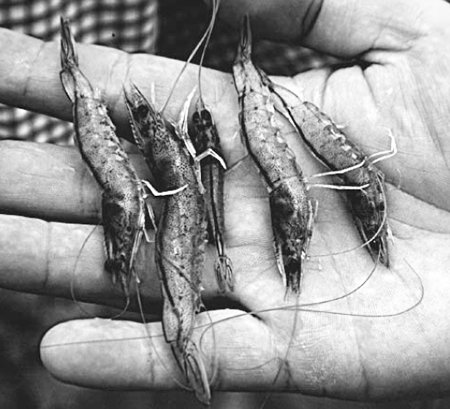
There is increasing awareness that diseases in aquatic populations are often linked to environmental changes or pollution, which depress the immune system. Although these effects are well documented in cultured fish and mollusks, there have been few quantitative studies on the impact of environmental stressors on the immune system of shrimp.
Temperature
Water temperature is probably the most important environmental variable in shrimp culture, because it directly affects metabolism, oxygen consumption, growth, molting and survival. In general, a sudden change of temperature affects the shrimp immune system, which can be critical if the timing coincides with the presence of a pathogen.
Lower temperature can induce a decrease in the number of circulating hemocytes and their phagocytic capability, as measured by their oxidative metabolism. A temperature increase can increase circulating hemocytes and plasmatic protein, but decrease total hemocytic prophenoloxidase.
An example of the effect of temperature comes from New Caledonia, where two well-defined seasons exist. The decrease of temperature in ponds from 27 to 18 degrees-C results in high mortalities. Mortalities are also recorded when temperature increases (Fig. 1).
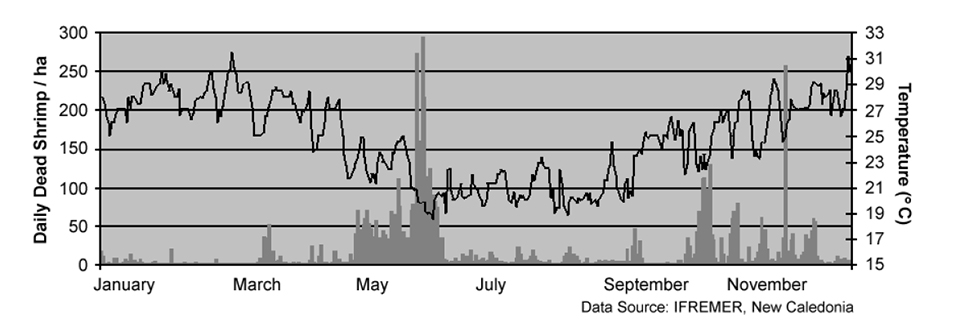
There are two types of temperature changes in New Caledonia: long-term variations, which correspond to seasonal changes, and short-term variations, which correspond to circadian and meteorological changes. Longterm studies have shown there is no difference in circulating hemocyte concentration in shrimp between the two seasons in New Caledonia, but it appears from experimental data that the oxidative metabolism of hemocytes is affected at low temperatures.
Salinity
Salinity has relatively little effect on the metabolic rate of euryhaline shrimp, indicating the energy required for osmotic regulation may be relatively low. However, when the health of shrimp is impaired, such as during viral infection, the stress induced by high salinity enhances growth retardation produced by the infection. Lasting and significant differences in hemocyte number are recorded in shrimp subjected to low salinity.
Oxygen
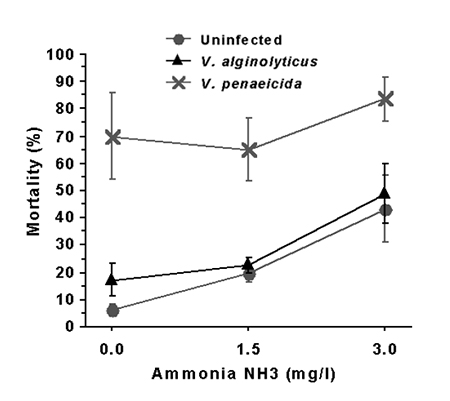
Low oxygen tension hampers metabolic performance in shrimp, and can reduce growth and molting, and cause mortality. In a study with penaeid shrimp, hypoxia induced a significant decrease in immunocompetence. The phagocytic activity of hemocytes was less efficient (about 50 percent) in shrimp under depleted oxygen conditions. Thus, low oxygen levels in pond water lead to an increased susceptibility to infectious disease.
Ammonia
In intensive culture systems, toxic levels of ammonia can accumulate due to excretion by cultured animals and deamination of protein in unconsumed feed. Lethal and sub-lethal effects of ammonia on shrimp have been well studied. However, until recently, relatively little was known about the effect of ammonia on the crustacean immune system. Recent studies in penaeid shrimp have shown that ammonia significantly affects immune response.
The sensitivity of the shrimp immune system to ammonia is dose-dependent. High ammonia levels diminish hematopoietic tissue activity, oxidative metabolism of hemocytes, and expression of genes implicated in the shrimp defense system. Shrimp suffer acute mortality with highly virulent bacteria such as Vibrio tenaeicida. Lower levels of mortality caused by V. alginolyticus are slightly but significantly increased by ammonia toxicity (Fig. 2).
Pollutants
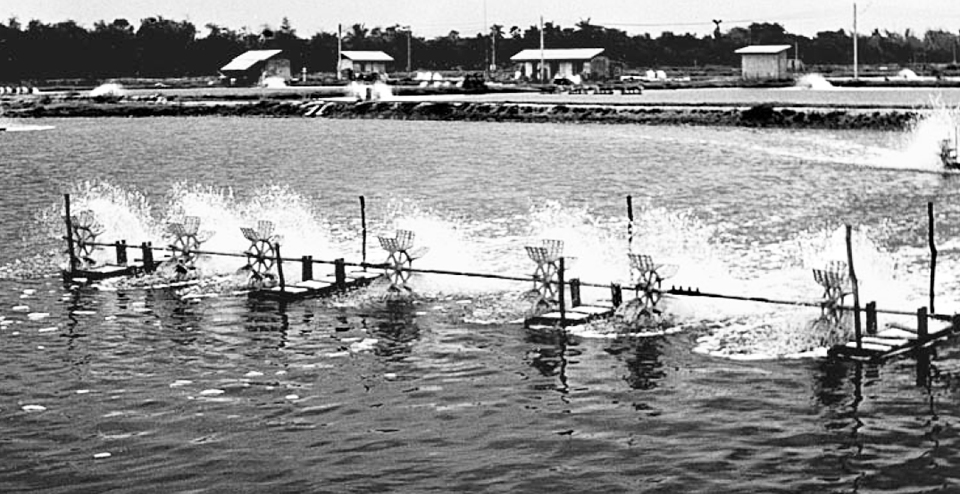
Pollutants are an important factor in the reduction of immunocompetence in crustaceans. Shrimp are sensitive to many pollutants, including dredge spoil containing polychlorinated biphenyls (PCBs), polynuclear aromatic hydrocarbons (PAHs), heavy metals and pesticides. In Ecuador, a banana fungicide is widely used in agricultural areas close to the shrimp farm areas. In vitro and in vivo trials have shown the long-term, dose-dependent immuno-depressant character of this fungicide on the oxidative metabolism in hemocytes in L. vannamei shrimp.
Conclusion
Environmental stresses affect the immune system of shrimp in a dosedependent way, increasing susceptibility to disease. The animals require time to adapt to the new environmental conditions. During the adaptation period, the susceptibility of shrimp to disease is often acute.
(Editor’s Note: This article was originally published in the December 2000 print edition of the Global Aquaculture Advocate.)
Now that you've reached the end of the article ...
… please consider supporting GSA’s mission to advance responsible seafood practices through education, advocacy and third-party assurances. The Advocate aims to document the evolution of responsible seafood practices and share the expansive knowledge of our vast network of contributors.
By becoming a Global Seafood Alliance member, you’re ensuring that all of the pre-competitive work we do through member benefits, resources and events can continue. Individual membership costs just $50 a year.
Not a GSA member? Join us.
Author
-
Gilles Le Moullac
IFREMER
Centre Océanologique du Pacifique
Laboratoire d’Aquaculture Tropicale
Taravao, Tahiti, Polynésie Française
Tagged With
Related Posts
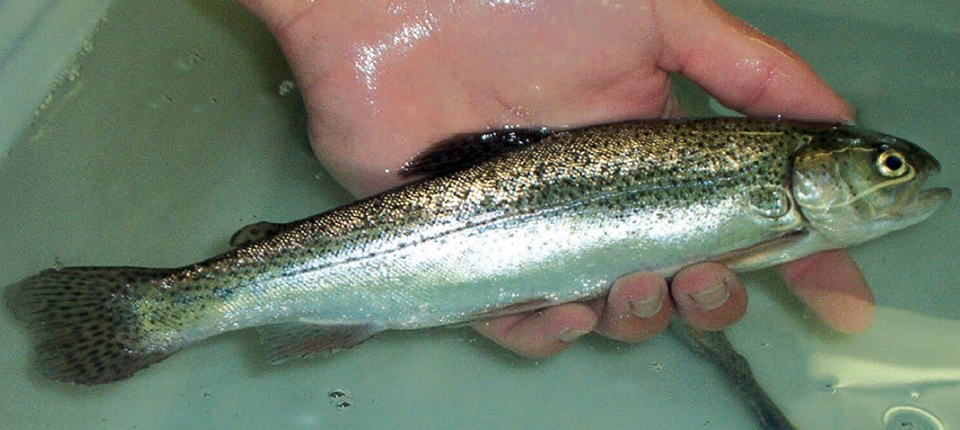
Aquafeeds
Beta-glucans in barley increase immune response, disease resistance in rainbow trout study
In a study, ground barley containing different levels of beta-glucan was substituted for wheat in experimental diets fed to rainbow trout.

Aquafeeds
A look at protease enzymes in crustacean nutrition
Food digestion involves digestive enzymes to break down polymeric macromolecules and facilitate nutrient absorption. Enzyme supplementation in aquafeeds is a major alternative to improve feed quality and nutrient digestibility, gut health, compensate digestive enzymes when needed, and may also improve immune responses.
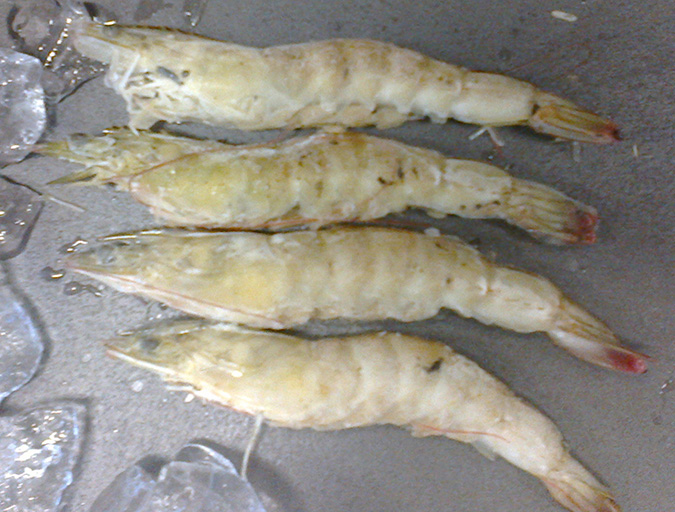
Health & Welfare
Measuring susceptibility differences to IHHNV infection
This study evaluated the susceptibility to IHHNV in three different shrimp batches by measuring infectivity titers. Each batch showed a different infectivity titer, therefore, each batch had a specific susceptibility to IHHNV.

Health & Welfare
Nitrite toxicity affected by species susceptibility, environmental conditions
Nitrite, an intermediate compound in the oxidation of ammonia nitrogen to nitrate by nitrifying bacteria in soil and water, is considerably more toxic than nitrate. Exposure to nitrite causes gill lesions and edema in the skeletal muscles of fish, and also affects respiration.



